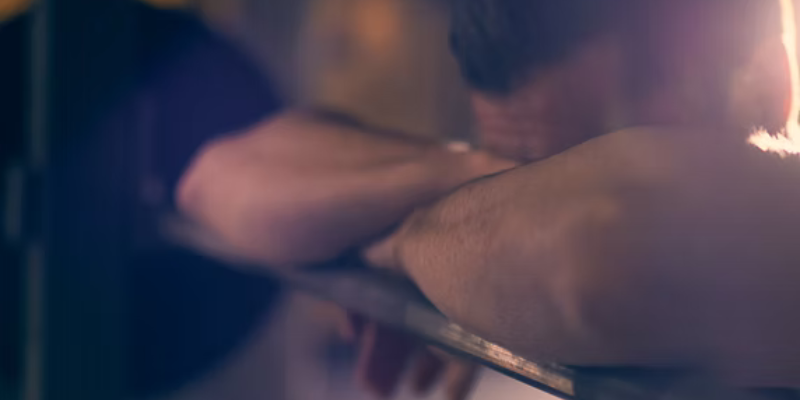Management Matters
Recharging for the Long Haul, How to Rejuvenate Your Energy to Prevent Fatigue and Burnout
In any hands-on profession, work demands can feel constant and unrelenting. When seasons change, and tasks accumulate, it’s easy to adopt a routine of simply pushing through, year after year.
Over time, this approach can lead to physical, mental, and emotional burnout, especially if we’re not taking intentional breaks or reconnecting with what first inspired you.
Inspired by the work of Jim Loehr and Tony Schwartz in The Making of a Corporate Athlete, this article explores ways to manage long-term energy across physical, emotional, mental, and spiritual domains. Although Loehr and Schwartz’s ideas were aimed at corporate employees, these principles apply to any field where individuals face sustained physical and mental demands. Focusing on a holistic approach to balance and renewal can help ensure long-term stamina and satisfaction in our work.

Physical Recovery: Building Lasting Strength
Physical energy is the foundation of performance. Just as we ensure our bees have proper nutrition and care, we, too, need to replenish our energy regularly.
Physical endurance is foundational to sustained performance. While it’s tempting to put in “just a few more hours” to power through physically demanding work, year after year, the cumulative toll on the body can eventually lead to chronic fatigue or injury. Research shows that consistent Physical recovery—through regular rest, quality nutrition, and downtime—is essential for maintaining both strength and productivity over time.
One effective approach is to establish a weekly schedule that includes true downtime. This could involve setting a regular day of rest or scheduling intentional, short breaks into each workday to pause and recharge or setting a cut-off time each day and sticking to it. Though difficult to justify during peak times, these pauses allow the body to recover and ultimately perform better, season after season. Building these restorative moments into a routine helps maintain strength over the years, ensuring that exhaustion doesn’t become a defining feature of the work.
Emotional Energy: Reigniting Passion
Beekeeping is often a work of passion, but over time, the daily routines and repetitive challenges can drain even the most enthusiastic. Long-term resilience requires managing emotional energy.
When day-to-day routines become repetitive, even the most passionate individuals can begin to feel drained. Emotional energy is sustained not only by the work itself but also by nurturing connections with friends, family, and community. Positive relationships help refill our emotional reserves and buffer us from the pressures of daily tasks.
Finding ways to break from routine can also help. New activities or connections—whether experimenting with different techniques, learning from others in the field, or simply stepping back to reflect—can keep the work engaging and meaningful. This approach not only keeps burnout at bay but also rekindles the sense of purpose that keeps us committed for the long term.
Spiritual Resilience: Reconnecting with Purpose
Loehr and Schwartz emphasize “spiritual energy,” which involves connecting with purpose and meaning in work. Over time, even work that is deeply valued can begin to feel routine, and the original drive can wane. Reflecting on the purpose behind our work can renew this motivation and add a greater sense of fulfillment.
Maintaining spiritual resilience might mean periodically revisiting and reflecting on why we started beekeeping in the first place or taking stock of how the work positively impacts others. This might mean journaling about your journey or simply taking a step back from daily demands to appreciate the positive impact of your work on the environment and community. Reaffirming your purpose is a powerful way to ensure that burnout doesn’t erode the deeper meaning behind the work.
Conclusion: Sustaining a Rhythm for the Future
By proactively balancing the demands of each season with your need for recovery, you’re investing not only in your business but in your long-term well-being.
By protecting time for small moments of rest and connection, we can prevent burnout by approaching our work with the same vitality and passion that first drew us to it. For beekeepers, finding that sustainable rhythm may mean the difference between just getting through the season and thriving over decades with a passion for the work intact.
In the hive and in our own lives, balance is the key to thriving.

